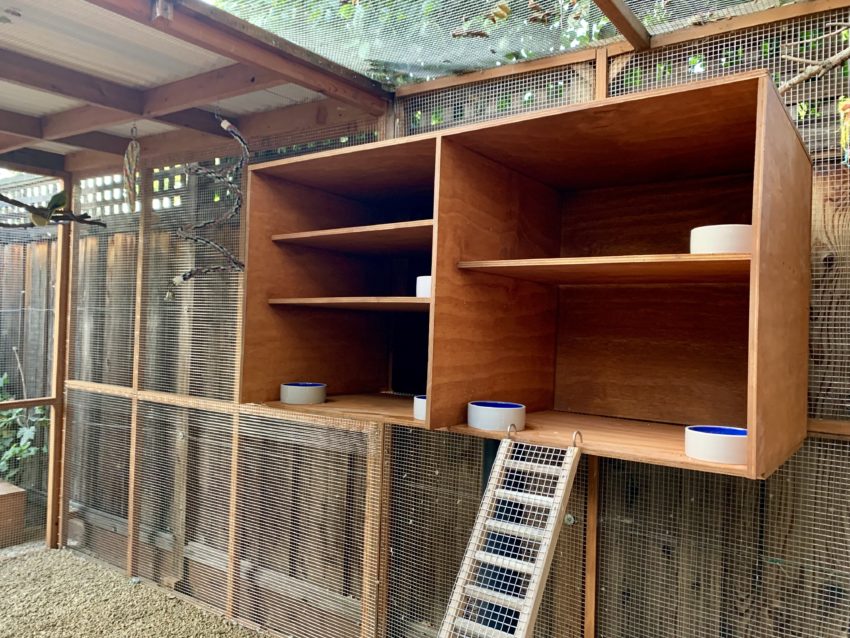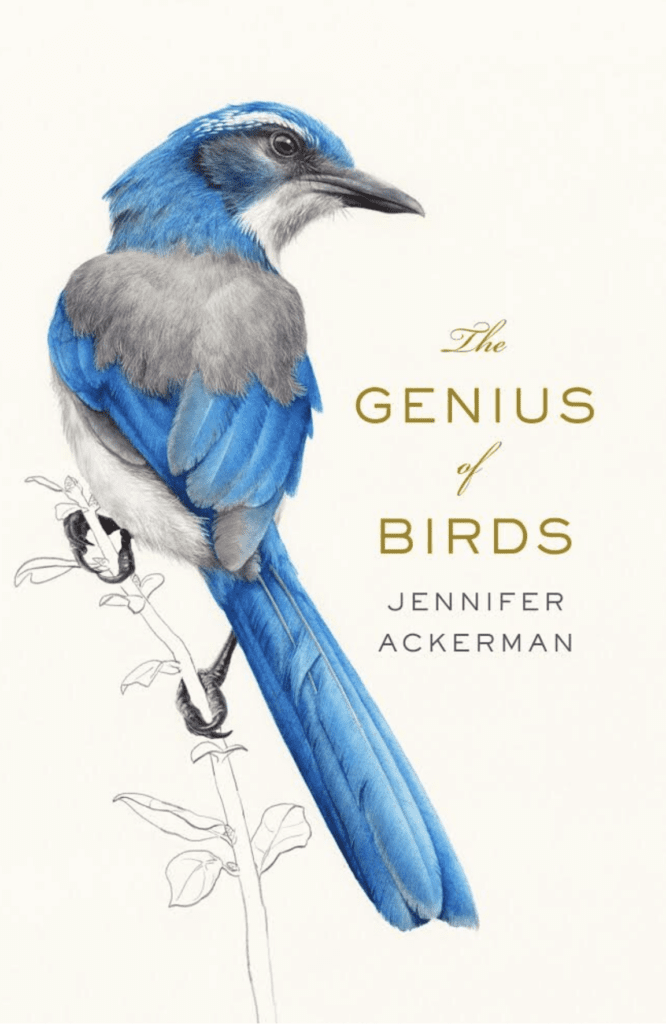
How cold is too cold?

There is a complete lack of research on the cold tolerance of parrots, so I have to rely on the thoughts of vets and aviculturists. I’m trying to choose people that are respected in the bird community.
The predominant opinion is that parrots should be kept in a strict climate-controlled range. However, this opinion comes from hundreds of individual people and just saying something is true doesn’t make it true.
I found one of the more amusing opinion pieces on this.
For birds living in our homes, temperatures typically fluctuate very little from one season to the next as we humans like to maintain a relatively constant indoor temperature of 65-72 °F year round.
If your bird gets chilled, warm it on a heating pad, massage its feet to aid circulation and/or put small birds under your clothing to warm them with your body heat.
Avian Enrichment: Temperature
Humans don’t even have feathers and we could withstand that in shorts and a T-shirt. The article doesn’t mention having your bird wear a scarf or wool socks at 65 degrees.
Aviaries
As I shared in a previous post, I attended a wonderful presentation by enrichment expert Robin Shewokis called Enrichment and the Senses. I found an article by her recently about auditory enrichment where she says this.
When I pressed the button and the hawk call was played all the parrots in the room sat up and took notice. I can say with a reasonable degree of certainty that most of those parrots had never heard a hawk let alone perceived one as a threat. Yet the hawk call was enough to get the blood pumping for those parrots. With the press of one button for the duration of less than ½ minute I had offered auditory enrichment to all the birds in the room.
Avian Enrichment: Auditory Enrichment
Based on all we know now on enrichment, an outdoor aviary can be an incredibly enriching experience for parrots. In addition to exciting the senses, there are opportunities for flight, foraging for food (for a natural floor aviary), being part of a flock that could be mixed species, and more.
So, how do we reconcile an outdoor aviary with the concerns for having a 65-72 temperature range? Does this exist anywhere in the world?
Well, let’s ask one vet for an opinion. This is from Greg Burkett DVM in Durham, NC. He’s well respected and gets good reviews from Yelp (11 reviews) and Google (11 reviews).
In my experience, most pet birds’ comfort range is between 65 and 80 degrees Fahrenheit. They can withstand a much broader range, however, of 40 to 90 degrees Fahrenheit.
Ideal Temperature Ranges for Parrots—Pet Central
And Julie Burge DVM from Grandview, Missouri. She gets good reviews from Yelp (7 reviews) and stellar reviews from Google (133 reviews).
Our birds can also adapt, and there are aviculturists with outdoor aviaries who report that their birds do just fine even when there is snow on the ground,” notes Missouri veterinarian, Julie Burge, DVM.
Ideal Temperature Ranges for Parrots—Pet Central
In the same article is another veterinarian named Larry Nemetz. An important part of what he says is how to acclimate a bird to cold or hot temperatures.
Sudden temperature changes can be very stressful to pet birds. The bottomline, Nemetz says, is you should not allow your bird’s environmental temperature to change more than 10 to 15 degrees within a 24-hour period.
Birds can handle almost any temperature, but they need time to adjust.
Ideal Temperature Ranges for Parrots—Pet Central
Research your bird in the wild
A lot of people never read about how their bird lives in the wild. The climate they live in, the food they eat, how they interact with others. In some cases, very little information is available.
For example, most Australian birds live in desert or near-desert climates which can have a huge temperature range, well below freezing at night and over 100F during the day.
Monk Parakeet (Quaker Parrot)
Some birds that are believed to live in “tropical” regions actually live in climates with a wider range of temperatures. For example, the Monk Parakeet (aka Quaker Parrot) actually hails from sub-tropical and temperate regions of Argentina. Here’s what “temperate” means.
The Köppen climate classification defines a climate as “temperate” when the mean temperature is above −3 °C (26.6 °F) but below 18 °C (64.4 °F) in the coldest month.
Temperate Climate—Wikipedia
No wonder there are wild flocks ranging from California to Illinois to New York. The average temperature is 26F where they live in the wild.
Mitred Conure (Red-Headed or Cherry-Header Conure)
Another good example is the Mitred Conure (aka Red-Headed or Cherry-Headed Conure). Even though they live in a number of countries considered tropical, there is more to it.
Its natural habitats are forest (both deciduous and humid), woodland, and nearby habitats at altitudes of 1,000–3,400 m (3,300–11,200 ft), with a single possible record from 4,000 m (13,000 ft).
Mitred parakeet—Wikipedia
Living at high altitude, they are exposed to temperatures that are sometimes below freezing. In the quote below, keep in mind they are talking about average temperatures in Peru, the warmest country this parrot lives in.
Temperature is proportional to altitude, varying from temperate (annual average of 18 °C or 64 °F) in the low-lying valleys to frigid (annual average below 0 °C or 32 °F) in the highest elevations
Climate of Peru—Wikipedia
I bring this up because there are wild flocks of this bird in many US states, including California. I live a few miles away from a large flock and they endure temperatures below freezing every winter. Their numbers grow and they sing and squawk away. They’ve been living in the wild for decades (anecdotally).
Long-time employees in the Sunnyvale Parks department that I’ve spoken to, have known about the parrots since at least the mid 70’s. When I first started observing the parrots in the mid 90’s, I counted at least a couple dozen parrots. Since that time, the parrots have been successfully reproducing and growing in numbers, and I‘ve observed, in the last couple of years, as many as five or six dozen parrots flying together in a flock.
The Wild Parrots of Sunnyvale—Rick Rutna
My own experience
I have my own outdoor aviary in Northern California that has the following features:
- Open air wood and wire aviary, not connected to any structure
- A small shelter that is heated to a max of 50 degrees
- Thermometers inside and outside the shelter
- Cameras to observe the birds everywhere
- Sections that have a roof and some that have no roof
I’ve observed some interesting behavior over the years.
- Even though it sometimes goes below freezing (lowest was 27F), the use of the shelter is not high. Some always use it, some use it sometimes, and some never use it.
- On the coldest nights, I’ve gone out and observed the birds and they are perching normally and not shivering.
- Recently on a 45F day where it was raining and windy, I observed 3 cockatiels spreading their wings and bathing by rubbing against the wet wire on the walls of the aviary.
- Every morning, all the birds are singing. Outside mating season, this is considered a sign of happiness (see book below).
Summary
Advice about birds often comes from compassionate people, but this compassion can lead to birds living a sheltered life that has less freedom to be birds. If it’s 55 degrees out, according to vets, it’s OK to bring a bird out from a 70 degree home in a harness or backpack.
It’s ok to gradually acclimate a bird to an aviary and keep it at temperatures colder than you can tolerate yourself. An aviary is an amazingly rich environment for a bird but too much caution means you deprive a bird of that experience.
When you are at your vet next, ask if they’ve treated birds for hypothermia. I’ve not heard of a case. I’ve had birds die in my aviary (I have a lot of old rescue birds), but the vets have always said the cold weather was not a factor.
Bird owners tend to overreact and no one likes to give advice that has the potential to cause negative consequences for a bird. So, you need to make your own informed decision and not just listen to me.

